
Learn more about the Change Stories Fellows program at the webinar on Wednesday, October 22nd, at 10-11am PT / 1-2pm ET. Register for the webinar at changestories.be.uw.edu/fellows/


Learn more about the Change Stories Fellows program at the webinar on Wednesday, October 22nd, at 10-11am PT / 1-2pm ET. Register for the webinar at changestories.be.uw.edu/fellows/
Applications are now open for the Change Stories Fellows program, a learning and knowledge exchange program that includes U.S.-based leaders and changemakers in equity and sustainability.

Applications are now open for the Change Stories Fellows program, a learning and knowledge exchange program that includes U.S.-based leaders and changemakers in equity and sustainability.








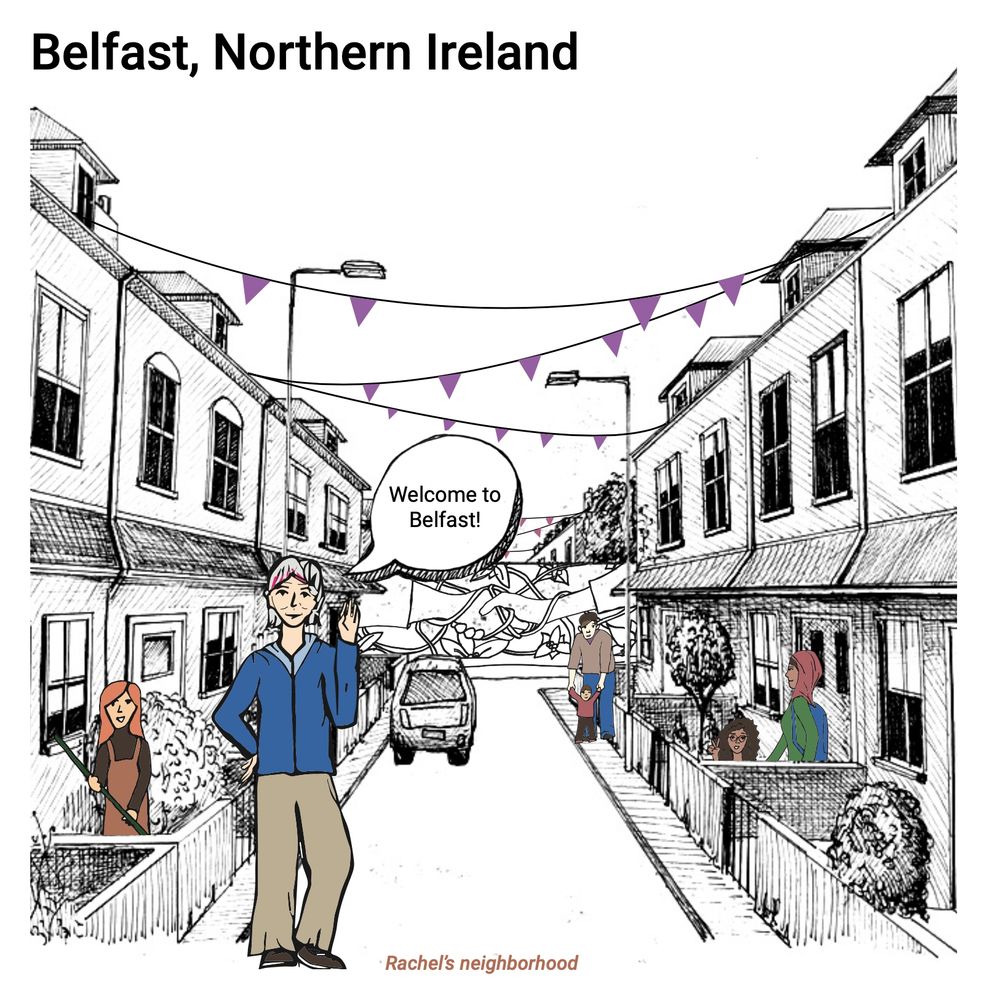







14 Aug 2025
Time: 5pm - 6.30pm
Free, but Booking Required:
themaclive.com/event/saving...
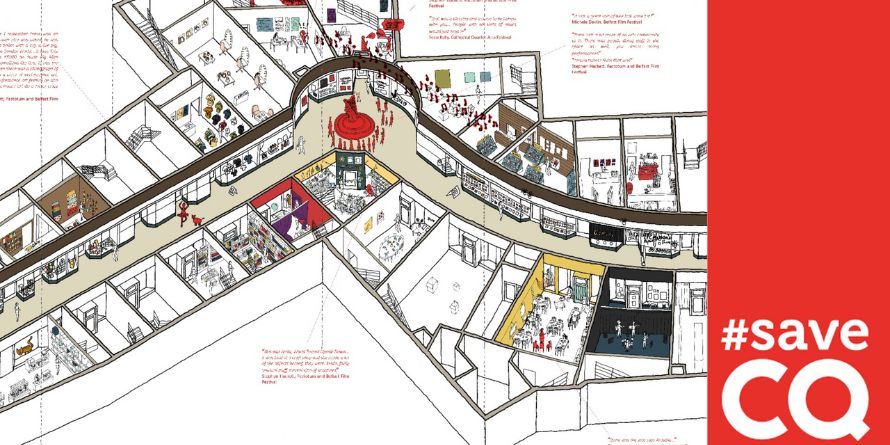
14 Aug 2025
Time: 5pm - 6.30pm
Free, but Booking Required:
themaclive.com/event/saving...





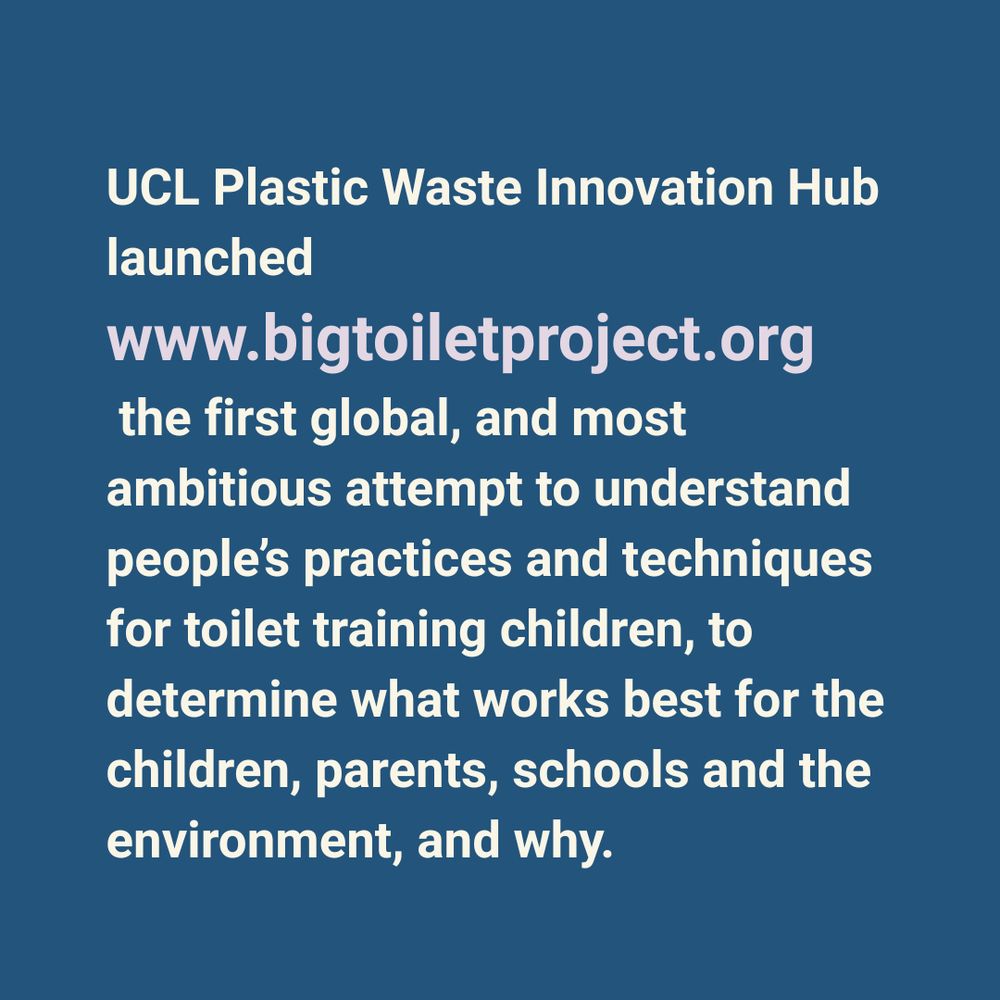





Learn more about the Change Stories project in the full video on changestories.be.uw.edu
Learn more about the Change Stories project in the full video on changestories.be.uw.edu
Watch the full video on the Change Stories website:
changestories.be.uw.edu
#Changestories #Storytelling #Storytellingforimpact
Watch the full video on the Change Stories website:
changestories.be.uw.edu
#Changestories #Storytelling #Storytellingforimpact


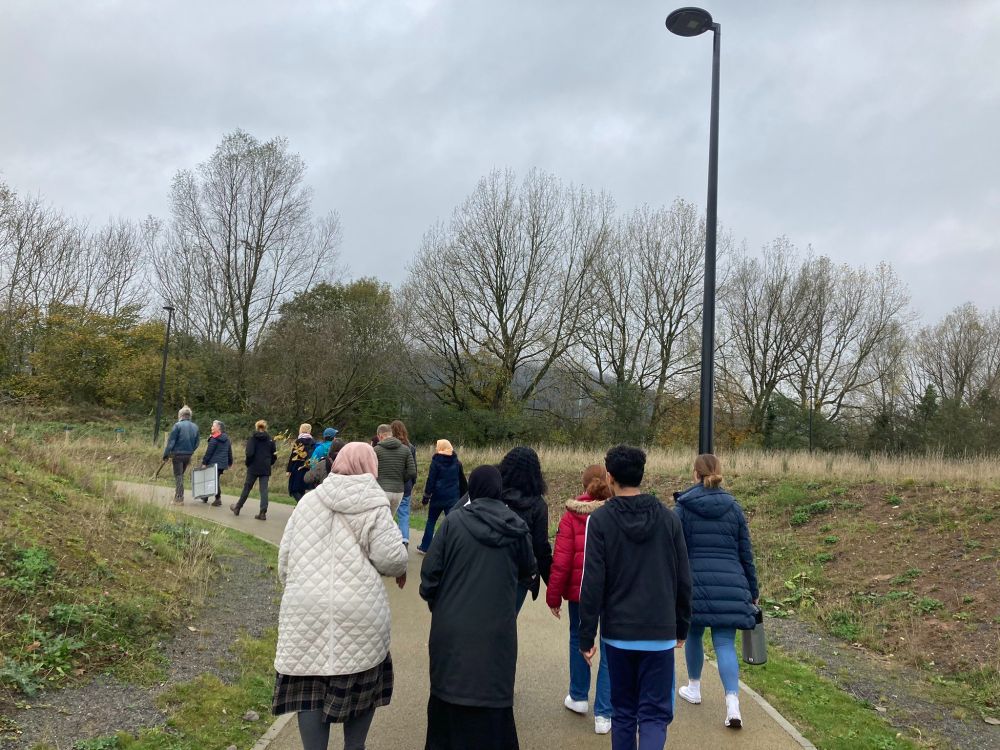





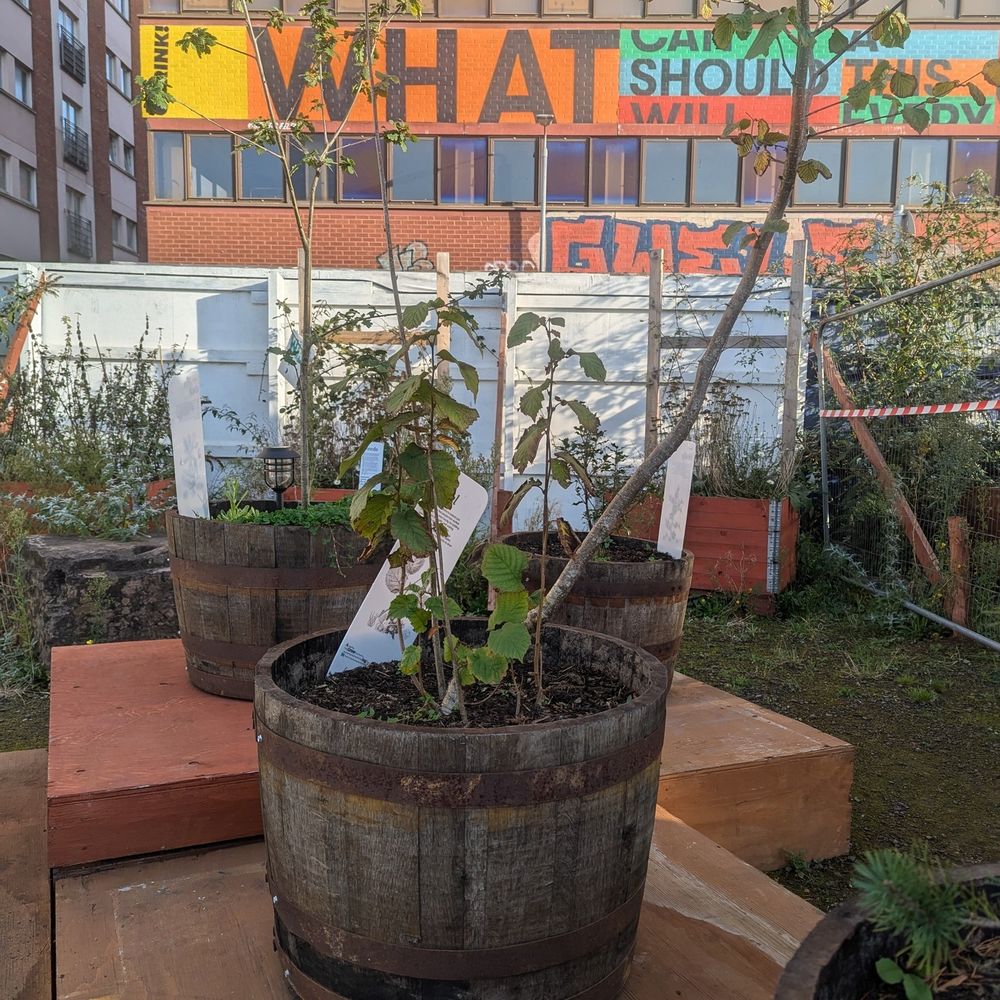










community organizers, and academics that formed to
develop sustainable solutions to Belfast’s housing crisis, such as a vision of a high-quality, non-sectarian, zero-carbon development at Mackie's, a large ex-industrial site in West Belfast.


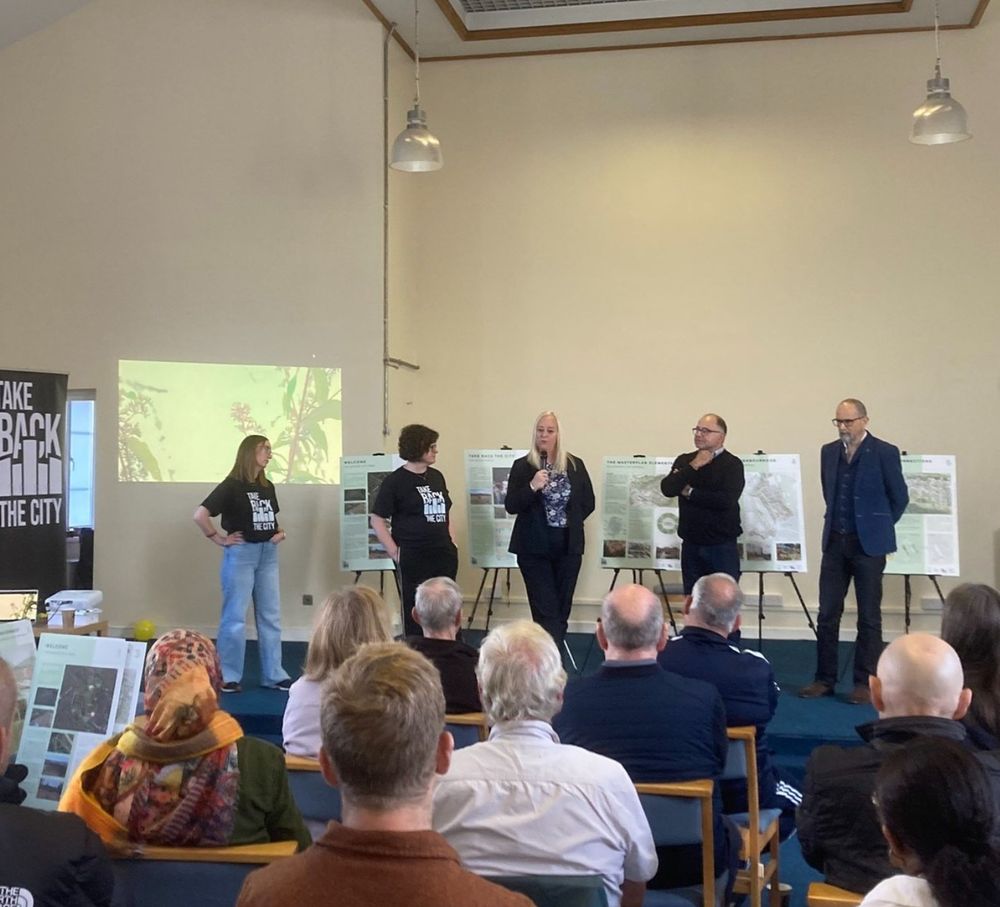

community organizers, and academics that formed to
develop sustainable solutions to Belfast’s housing crisis, such as a vision of a high-quality, non-sectarian, zero-carbon development at Mackie's, a large ex-industrial site in West Belfast.















